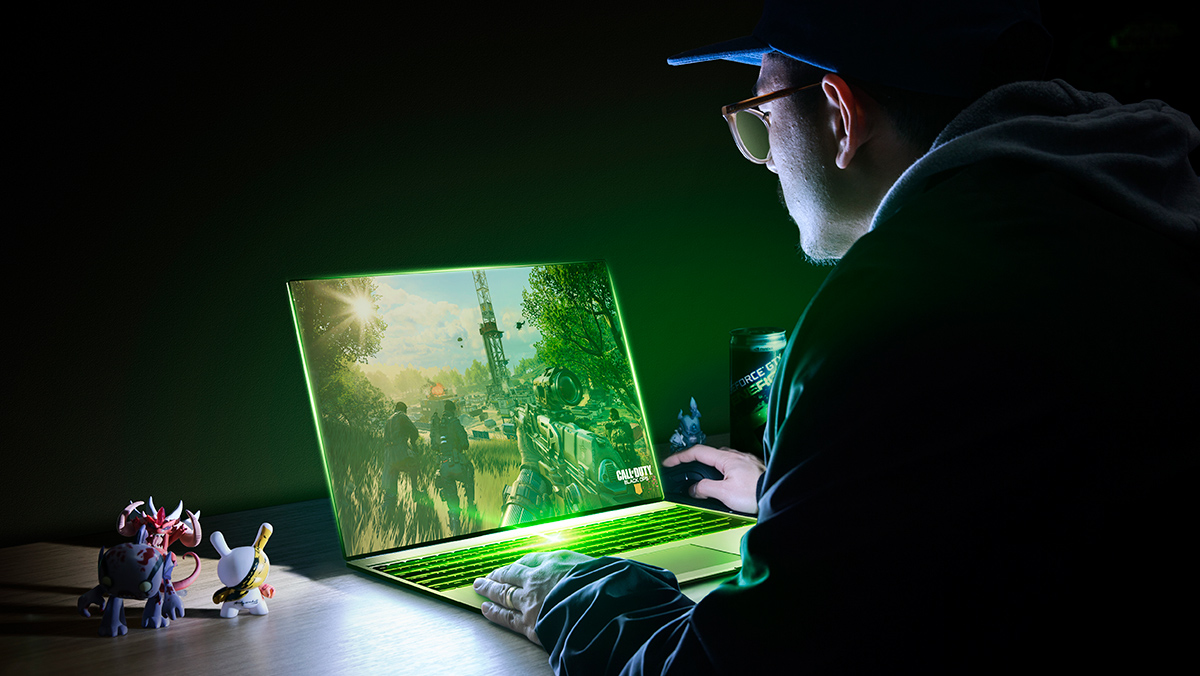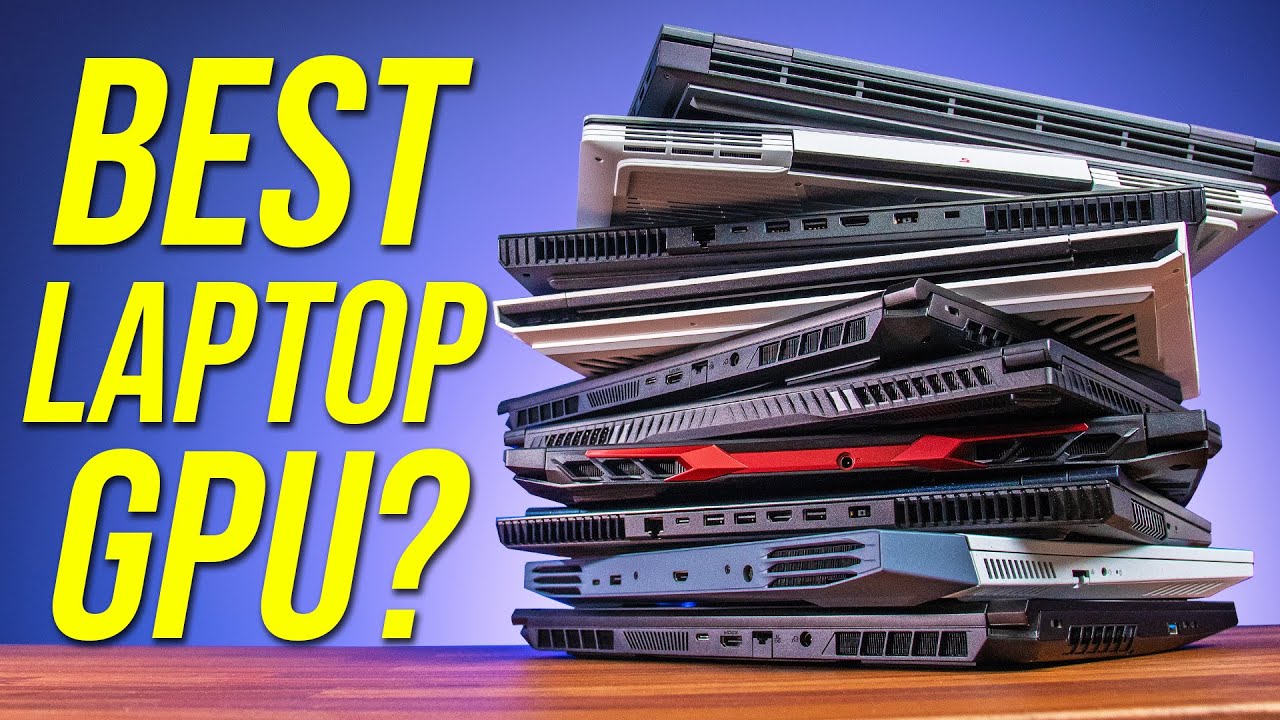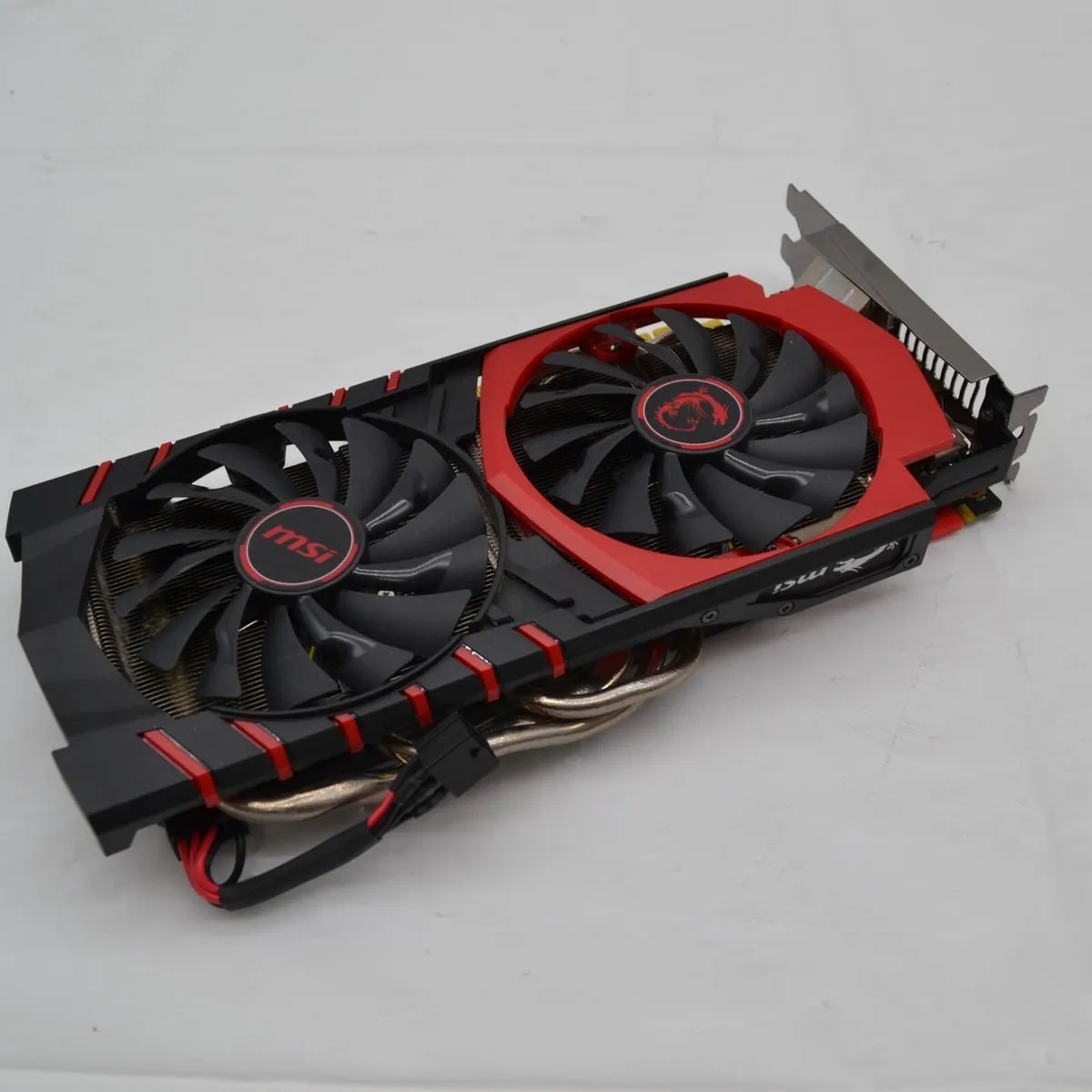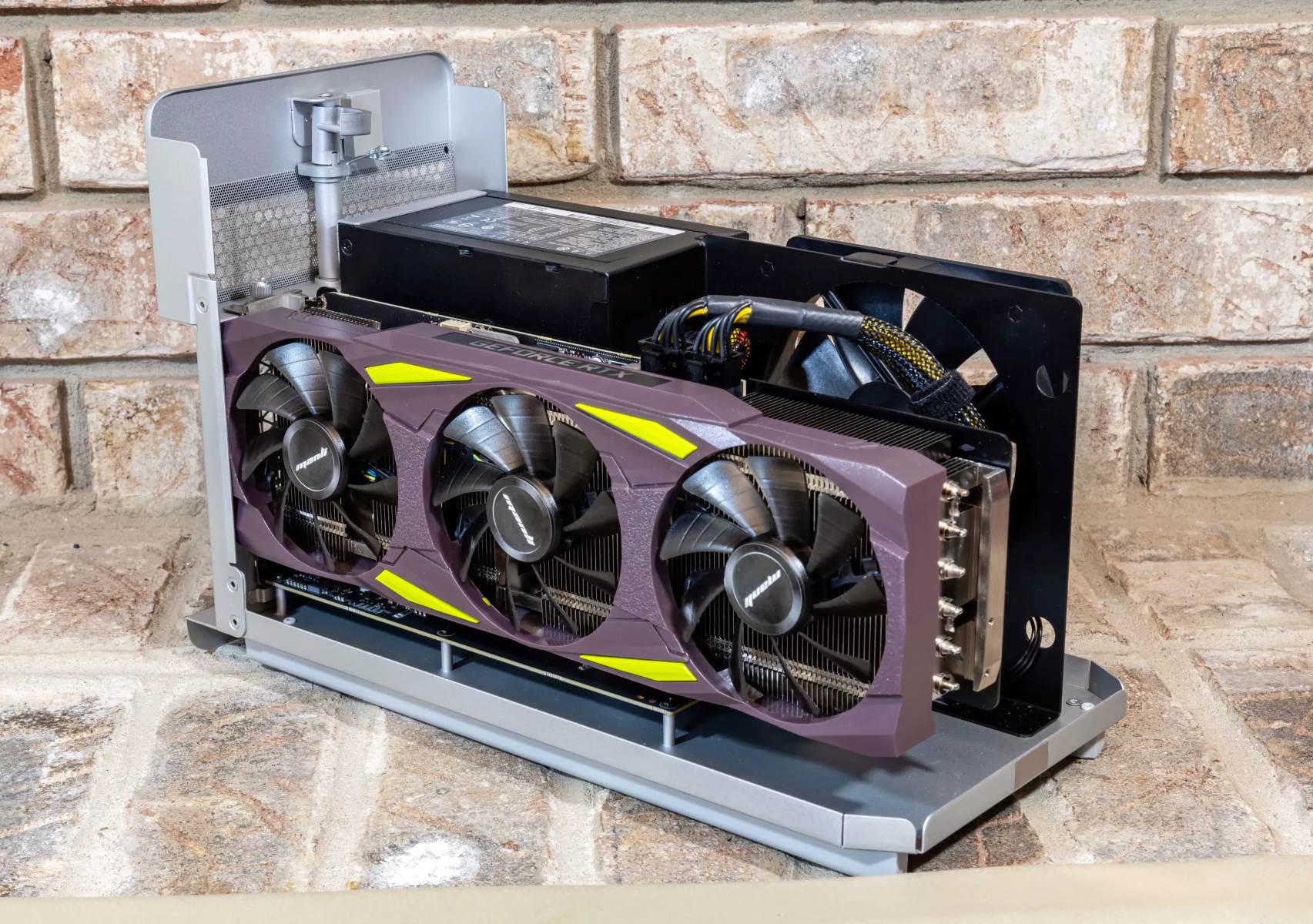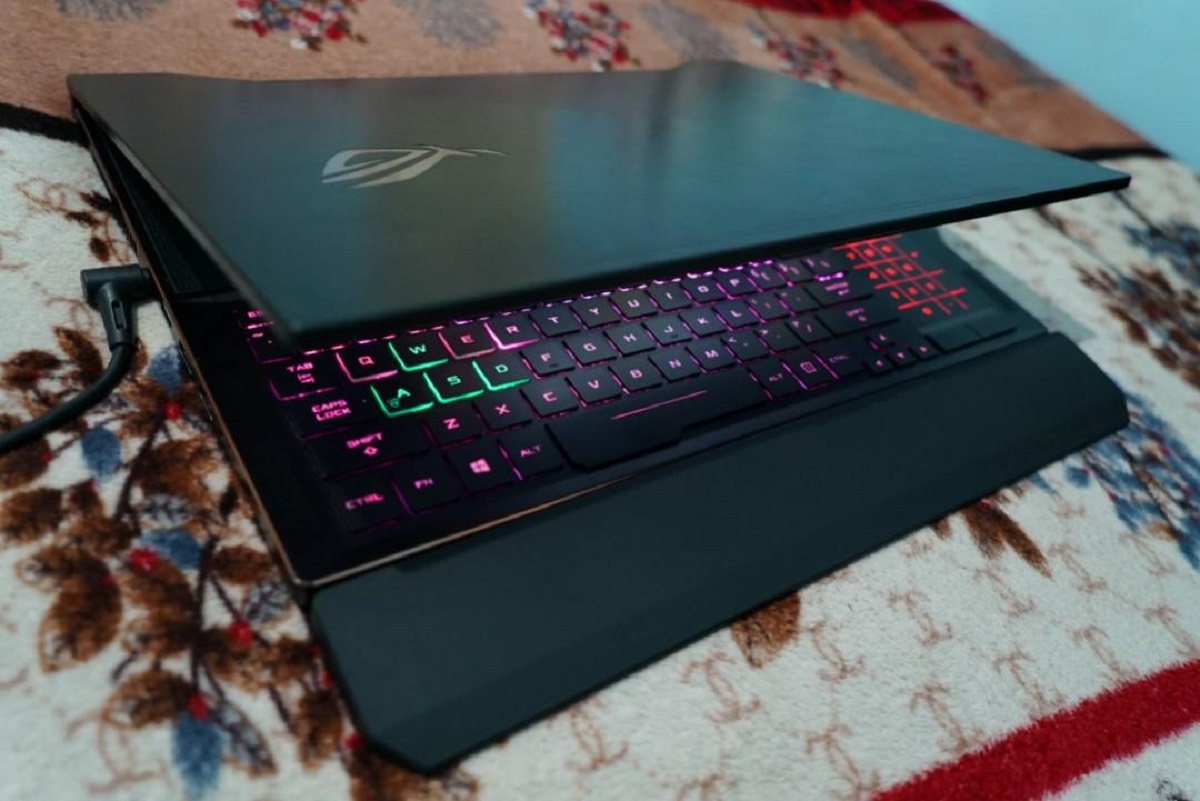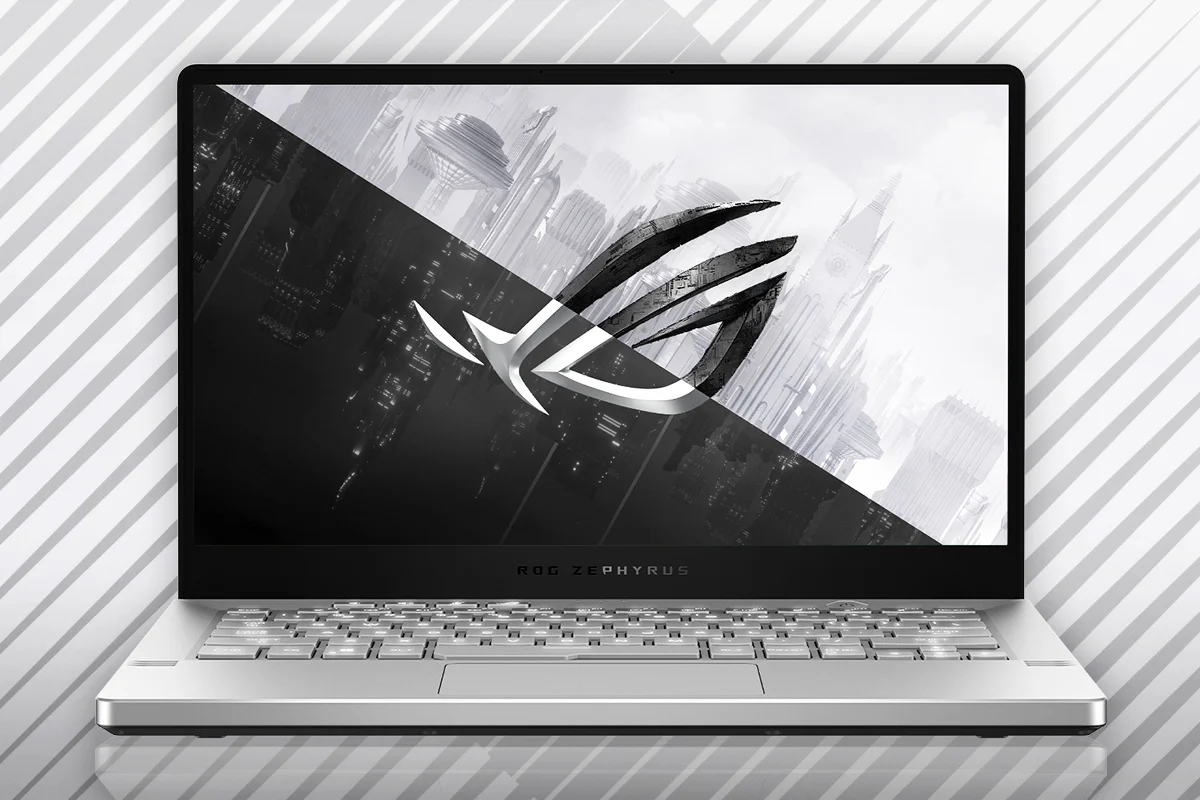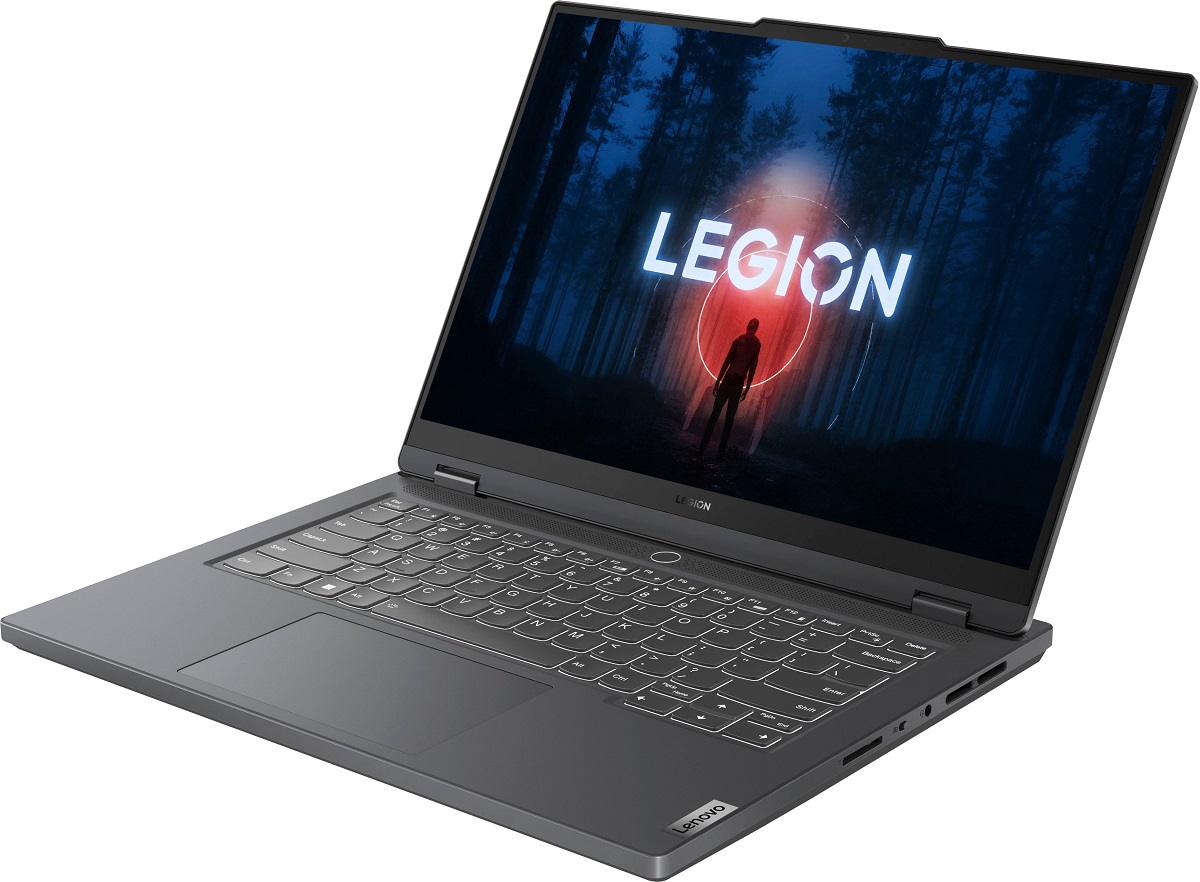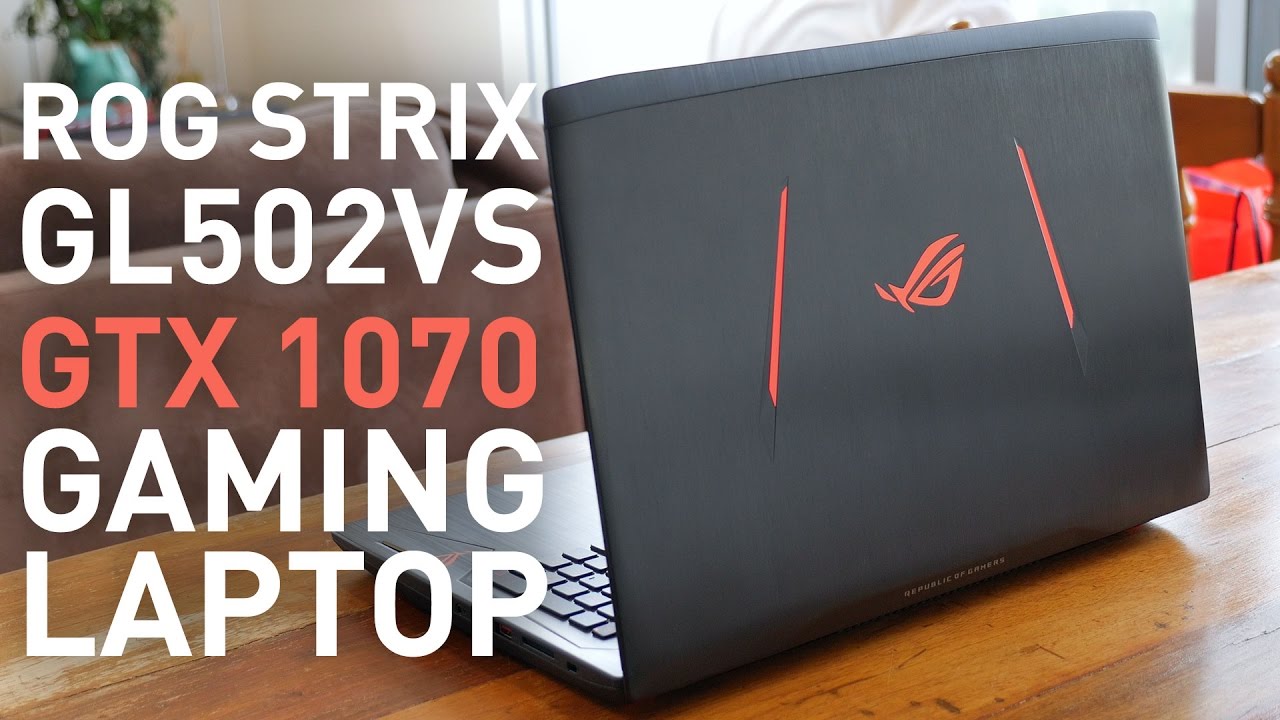Introduction
Welcome to this guide on how to force your laptop to use the Nvidia GPU. If you’re a gamer or someone who needs high graphics performance for applications such as video editing or 3D modeling, you may have encountered issues where your laptop is not utilizing the power of the dedicated Nvidia GPU. Instead, it might be using the integrated graphics card, resulting in lower performance and visual quality.
While most laptops have an integrated graphics card for power efficiency, they also come equipped with a more powerful dedicated Nvidia GPU for demanding tasks. However, some laptops don’t always switch to the dedicated GPU automatically, which can be frustrating. Fortunately, there are steps you can take to ensure that your laptop utilizes the Nvidia GPU effectively.
In this guide, we’ll explore how to check if your laptop has an Nvidia GPU and, if so, how to update the drivers to the latest version. We’ll also dive into configuring the Nvidia Control Panel settings and setting the Nvidia GPU as the preferred graphics processor for your laptop. Additionally, we’ll discuss how to force specific applications to use the Nvidia GPU. Lastly, we’ll cover some common troubleshooting tips and address any potential issues you might encounter along the way.
By following the instructions in this guide, you’ll be able to enhance your laptop’s performance and enjoy an improved gaming or graphics experience with the power of the Nvidia GPU. So, let’s get started on unleashing the full potential of your laptop’s graphics capabilities!
Checking If Your Laptop Has an Nvidia GPU
Before we dive into the steps to force your laptop to use the Nvidia GPU, it’s vital to verify if your laptop actually has an Nvidia GPU. While most gaming laptops and high-performance laptops come with a dedicated Nvidia GPU, some laptops may only have integrated graphics. Here’s how you can check:
- Device Manager: On Windows, you can open the Device Manager by right-clicking the Start button and selecting “Device Manager.” Expand the “Display adapters” category, and if you see an Nvidia GPU listed, such as “Nvidia GeForce,” then your laptop has an Nvidia GPU.
- System Information: Another way to confirm if your laptop has an Nvidia GPU is by using the System Information tool. Press the Windows key + R to open the Run dialog box, then type “msinfo32” and hit Enter. In the System Information window, navigate to “Components” and then “Display,” where you’ll find information about your graphics card. Look for the Nvidia GPU model listed.
- Manufacturer’s Website: If the above methods don’t provide a definitive answer, you can visit your laptop manufacturer’s website and search for your laptop model’s specifications. The specifications page should mention whether it has an Nvidia GPU or not.
Once you’ve confirmed that your laptop has an Nvidia GPU, you can proceed with the next steps to force your laptop to utilize it for better performance in graphics-intensive tasks. It’s important to note that if your laptop doesn’t have an Nvidia GPU, the following steps may not be applicable to your situation.
In the next section, we’ll explore how to update Nvidia drivers to ensure that you have the latest software for your GPU.
Updating Nvidia Drivers
Updating your Nvidia drivers is essential to ensure that your GPU functions optimally and is compatible with the latest software and games. Here are the steps to update your Nvidia drivers:
- Automatic Driver Updates: The easiest way to update your Nvidia drivers is by using the Nvidia GeForce Experience software. If you have it installed, open it and check for driver updates. The software will automatically detect your GPU model and install the appropriate drivers.
- Manual Driver Updates: If you don’t have Nvidia GeForce Experience or prefer manual updates, you can visit the Nvidia website (www.nvidia.com) and go to the “Drivers” section. Here, you can enter your GPU model and operating system to find the latest drivers. Download the appropriate driver package and follow the on-screen instructions to install it.
During the driver installation process, you may be prompted to perform a clean installation. This option removes all existing Nvidia drivers and settings before installing the new ones. If you’re experiencing issues with your GPU or want to start fresh with the latest drivers, it’s recommended to choose the clean installation option.
After installing the new drivers, restart your laptop to ensure that the changes take effect. You can then move on to the next section, where we’ll explore how to configure the Nvidia Control Panel settings.
Note: It’s a good practice to periodically check for driver updates, as Nvidia releases new drivers to improve performance, fix bugs, and introduce new features. Keeping your drivers up to date will help you get the most out of your Nvidia GPU.
Configuring Nvidia Control Panel Settings
Once you’ve updated your Nvidia drivers, the next step is to configure the Nvidia Control Panel settings to ensure that your laptop utilizes the Nvidia GPU effectively. The Nvidia Control Panel provides a variety of options and settings that allow you to customize your graphics experience. Follow the steps below to configure the Nvidia Control Panel settings:
- Open Nvidia Control Panel: Right-click on your desktop and select “Nvidia Control Panel” from the context menu. Alternatively, you can access it by searching for “Nvidia Control Panel” in the Windows Start menu.
- Manage 3D Settings: In the Nvidia Control Panel, navigate to the “Manage 3D Settings” section. This section allows you to customize the settings for specific applications or globally.
- Global Settings: If you want to apply the same settings globally to all applications, select the “Global Settings” tab. Here, you can adjust options such as “Preferred Graphics Processor,” “Power Management Mode,” and “Texture Filtering Quality.” Set the preferred graphics processor to “High-performance Nvidia processor” to ensure that your laptop uses the Nvidia GPU by default.
- Program Settings: If you want to configure settings for specific applications, navigate to the “Program Settings” tab. Click on the “Add” button and select the application that you want to configure. Customize the settings for that particular application, including the preferred graphics processor and other options specific to it.
Once you have made the desired changes, click on the “Apply” button to save the settings. It’s important to note that for the changes to take effect, you may need to restart your laptop or the specific applications you’ve configured.
Configuring the Nvidia Control Panel settings allows you to fine-tune your graphics performance and ensure that your laptop utilizes the Nvidia GPU as intended. In the next section, we’ll discuss how to set the Nvidia GPU as the preferred graphics processor for your laptop.
Setting Nvidia GPU as the Preferred Graphics Processor
To ensure that your laptop consistently uses the Nvidia GPU as the preferred graphics processor, you can make the necessary changes in the Windows graphics settings. Follow the steps below to set the Nvidia GPU as the preferred graphics processor:
- Open Windows Graphics Settings: Right-click on the desktop and select “Display settings.” In the Display settings window, click on the “Graphics settings” link located at the bottom of the page.
- Choose an App to Set Preference: In the Graphics settings window, under “Choose an app to set preference,” click on the “Browse” button. Locate and select the application for which you want to set the preferred graphics processor.
- Set Preferred Graphics Processor: Click on the application once it appears in the list and then click on the “Options” button. In the “Options” dialog box, select “High performance” as the preferred graphics processor.
- Save Changes: Once you’ve set the preferred graphics processor, click on the “Save” button to apply the changes.
By setting the Nvidia GPU as the preferred graphics processor, you ensure that the designated application utilizes the full power of the Nvidia GPU for optimal performance and visual quality. You can repeat the above steps for other applications as needed.
It’s important to note that while setting the Nvidia GPU as the preferred graphics processor can improve performance for specific applications, it may not be necessary for all applications. Windows will automatically switch to the dedicated GPU when needed, based on the system’s power and performance requirements.
Now that you’ve set the preferred graphics processor, you can move on to the next section, where we’ll discuss how to force specific applications to use the Nvidia GPU.
Forcing Specific Applications to Use the Nvidia GPU
In some cases, even after setting the Nvidia GPU as the preferred graphics processor, certain applications may still default to using the integrated graphics card. To overcome this, you can manually force specific applications to use the Nvidia GPU. Here’s how:
- Open Nvidia Control Panel: Right-click on your desktop and select “Nvidia Control Panel” from the context menu.
- Manage 3D Settings: In the Nvidia Control Panel, navigate to the “Manage 3D Settings” section.
- Program Settings: Select the “Program Settings” tab.
- Add the Application: Click on the “Add” button and select the application that you want to force to use the Nvidia GPU. If the application is not listed, click on the “Browse” button to locate the application’s executable file (usually ending with .exe).
- Set Preferred Graphics Processor: Once the application is added, select it from the list and specify the preferred graphics processor as “High-performance Nvidia processor.”
- Apply Changes: Click on the “Apply” button to save the changes.
By forcing specific applications to use the Nvidia GPU, you ensure that they harness the full power of the dedicated graphics card. This can significantly improve performance, especially for graphics-intensive tasks such as gaming, video editing, and 3D modeling.
If you have multiple applications that you want to force to use the Nvidia GPU, you can repeat the above steps for each application. Remember to click on “Apply” after making changes to ensure they take effect.
Now that you know how to force specific applications to use the Nvidia GPU, you can proceed to the next section to learn about troubleshooting common issues and complications you may encounter along the way.
Troubleshooting and Common Issues
While forcing your laptop to use the Nvidia GPU can greatly enhance performance, you may encounter some common issues or complications along the way. Here are a few troubleshooting tips to help you overcome these challenges:
- Driver Compatibility: Ensure that you have installed the latest Nvidia drivers that are compatible with your specific GPU model and operating system. Outdated or incompatible drivers can cause issues. Visit the Nvidia website or use the Nvidia GeForce Experience software to update your drivers.
- Power Settings: Check your laptop’s power settings, as certain power-saving modes may prioritize the integrated graphics card over the Nvidia GPU. Adjust the power settings to ensure that the Nvidia GPU is utilized even when on battery power.
- Application Settings: Some applications have their own graphics settings that can override the global or Nvidia Control Panel settings. Check the application’s settings to ensure that it’s configured to use the Nvidia GPU if available.
- Restart Applications: After making changes in the Nvidia Control Panel or Windows graphics settings, consider restarting the specific applications to ensure that the changes take effect.
- Update Windows: Ensure that your operating system is up to date with the latest Windows updates. Windows updates often include bug fixes and optimizations that can improve graphics performance.
- Reinstall Nvidia Drivers: If you’re experiencing persistent issues, you can try uninstalling the Nvidia drivers completely and then reinstalling them. Use a software like Display Driver Uninstaller (DDU) to remove all traces of the existing drivers before reinstalling.
- Contact Support: If you’ve followed all the steps and troubleshooting tips and are still experiencing issues, consider reaching out to Nvidia support or your laptop manufacturer’s support for further assistance.
Remember that each laptop and software configuration can have its own unique challenges, so it’s important to be patient and persistent when troubleshooting. With some patience and troubleshooting efforts, you can overcome most issues and ensure that your laptop is using the Nvidia GPU effectively.
Now that you’re equipped with troubleshooting tips, you’re ready to unleash the full potential of your Nvidia GPU and enjoy enhanced graphics performance on your laptop.
Conclusion
Congratulations! You’ve reached the end of this guide on how to force your laptop to use the Nvidia GPU. By following the steps outlined in this guide, you’ve learned how to check if your laptop has an Nvidia GPU, update the Nvidia drivers, configure the Nvidia Control Panel settings, set the Nvidia GPU as the preferred graphics processor, and force specific applications to use the Nvidia GPU.
By ensuring that your laptop utilizes the power of the Nvidia GPU, you can experience improved graphics performance, better frame rates in games, smoother video playback, and enhanced visuals in applications such as video editing and 3D modeling.
Throughout the process, it’s important to troubleshoot common issues that may arise, such as driver compatibility, power settings, application settings, and more. By applying the troubleshooting tips mentioned in this guide, you can overcome these challenges and optimize your Nvidia GPU usage.
Remember to periodically check for driver updates from Nvidia to ensure that you have the latest software for your GPU. Keeping your drivers up to date will help you take advantage of performance improvements, bug fixes, and new features released by Nvidia.
Now that you’re equipped with the knowledge and steps to force your laptop to use the Nvidia GPU, it’s time to put it into action. Enjoy the enhanced graphics performance and immerse yourself in a world of stunning visuals and seamless gaming experiences. Whether you’re a gamer or a content creator, leveraging the power of the Nvidia GPU will take your laptop’s performance to the next level.
Thank you for choosing this guide, and happy gaming, designing, editing, and computing with the power of your Nvidia GPU!







